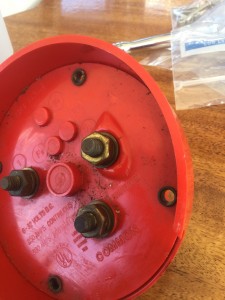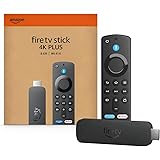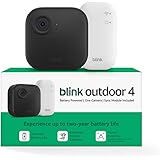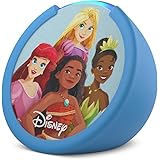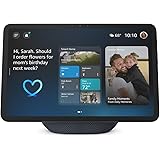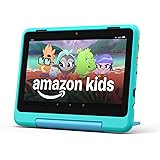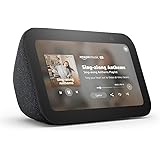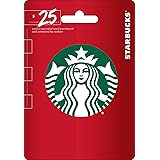I am pleased to announce that after some time consulting with someone who was considering living aboard and been looking for a liveaboard sailboat that a purchase has occurred !!!
In the interest of their privacy, I won’t name this person outright. I can say that they are one of our very best friends and that they have appeared in our blog.
And this is their new boat !!
I edited the name of the boat out of the photo, since, it wouldn’t do much good to not name them but then leave the name of the boat visible ….😝….I’m sure there is a renaming ceremony in the not too distant future, though.
I found this particular boat by coincidence while recently visiting with our friend while we were drinking coffee one morning. I was browsing online for the model of boat they liked. As it turned out, the boat was only about ten miles from their house!!
The boat is an Island Packet 350….a great design and this one was apparently owned by someone who was amazingly meticulous and had a great eye for detail. We had only spent about ten minutes on the boat and I could already tell that this was the one for our friend. A full survey confirmed my suspicions that the boat was in fantastic shape and ready to go sailing. She’s scheduled for a bottom job in January and then our friend is planning to make the transition to living aboard over the next few months.
Congratulations to……well,….you know who you are ……haha
Apple Gift Card - App Store, iTunes, iPhone, iPad, AirPods, MacBook, accessories and more (eGift)
$25.00 (as of December 20, 2025 19:30 GMT +00:00 - More infoProduct prices and availability are accurate as of the date/time indicated and are subject to change. Any price and availability information displayed on [relevant Amazon Site(s), as applicable] at the time of purchase will apply to the purchase of this product.)Fortnite Physical $30 Gift Card - Powered by the Epic Games Store
$30.00 (as of December 20, 2025 19:30 GMT +00:00 - More infoProduct prices and availability are accurate as of the date/time indicated and are subject to change. Any price and availability information displayed on [relevant Amazon Site(s), as applicable] at the time of purchase will apply to the purchase of this product.)Visa $25 Gift Card (plus $3.95 Purchase Fee)
$28.95 (as of December 20, 2025 19:30 GMT +00:00 - More infoProduct prices and availability are accurate as of the date/time indicated and are subject to change. Any price and availability information displayed on [relevant Amazon Site(s), as applicable] at the time of purchase will apply to the purchase of this product.)Roblox $50 Physical Gift Card [Includes Free Virtual Item] [Redeem Worldwide]
$50.00 (as of December 20, 2025 19:30 GMT +00:00 - More infoProduct prices and availability are accurate as of the date/time indicated and are subject to change. Any price and availability information displayed on [relevant Amazon Site(s), as applicable] at the time of purchase will apply to the purchase of this product.)Ring Battery Doorbell (newest model), Home or business security with Head-to-Toe video, Live View with Two-Way Talk, and Motion Detection & Alerts, Satin Nickel
$49.99 (as of December 21, 2025 19:31 GMT +00:00 - More infoProduct prices and availability are accurate as of the date/time indicated and are subject to change. Any price and availability information displayed on [relevant Amazon Site(s), as applicable] at the time of purchase will apply to the purchase of this product.)Auto Amazon Links: No products found.








